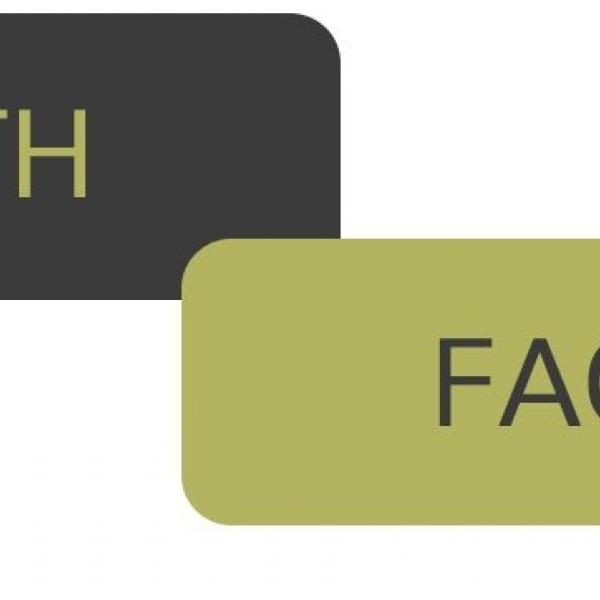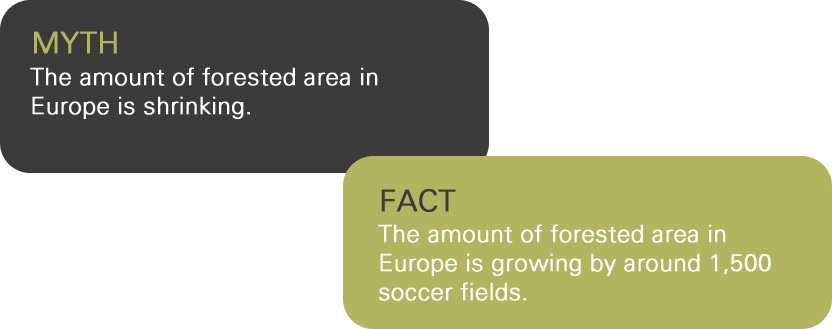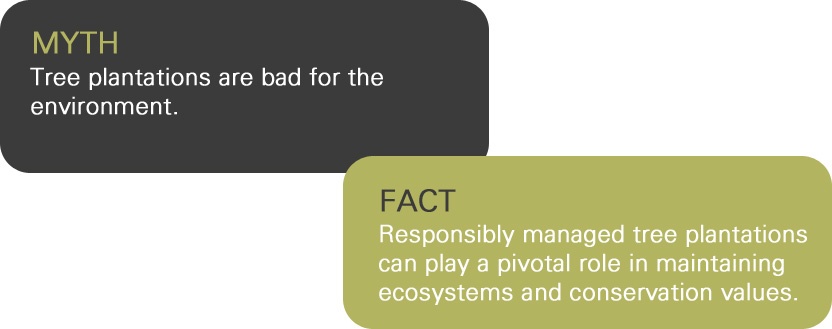
Sustainable by nature

Myths and facts: let's bust some common myths about paper.
Sappi places great value on sustainability. Our entire team acts with responsibility in mind and treats the natural product of wood with the care it deserves. Our everyday work at Sappi is to turn the flexible, effective raw material of wood into something that enables sustainable and powerful communication – especially through packaging. However, we often come up against myths and preconceptions. Sappi would like to throw some light on to these issues by presenting some informative facts. The global organization Two Sides (www.twosides.info) – of which Sappi is a member – has complied some facts that we would like to set out here.

This is a common preconception that is commonly put to the paper industry, and that also means us at Sappi: it is claimed that forest stocks are shrinking as a result of increasing wood pulp production. This gratifying figure from the European Environment Agency suggests the opposite is the case. Between 2005 and 2015, Europe's forests grew by 44,000 square kilometers, which is the equivalent of around 1,500 soccer fields or the size of Switzerland. Almost all intact natural forests of northern Europe have a protected status. That means that the cycle of planting, growth, and felling is closely monitored. According to the UN Food and Agriculture Organization (FAO), the certified forested area has been constantly increasing – from 18 million hectares in 2000 to 438 million hectares in 2014. This is also a boon for nature itself as these areas make an important contribution toward upholding biodiversity.

Many people who aren't involved with the manufacture of paper and cardboard on a daily basis ask themselves: are artificially created tree plantations supplanting the natural forested areas? We really don't need to worry about this because the different areas where trees grow aren't competing with one another. 93 percent of all forested areas are natural forests. Only around 7 percent are cultivated areas – around 290 million hectares (DEFRA, 2011). Sustainably managed tree plantations are not displacing any natural forests in Europe. Because they grow more quickly, they are highly versatile for wood production. Their raw material can be deployed in industrial processes, it supports economic development, and reduces the pressure on natural forests – as the 2015 Global Forest Resources Assessment report by the FAO confirmed. Plantations offer new habitats and natural protection for wildlife. They are a place of regeneration, maintain soil quality, and prevent erosion. Responsible management of tree plantations benefits the entire ecosystem and is a key component in the global forest mix. This is confirmed by independent forest certifications such as FSC or PEFC.







